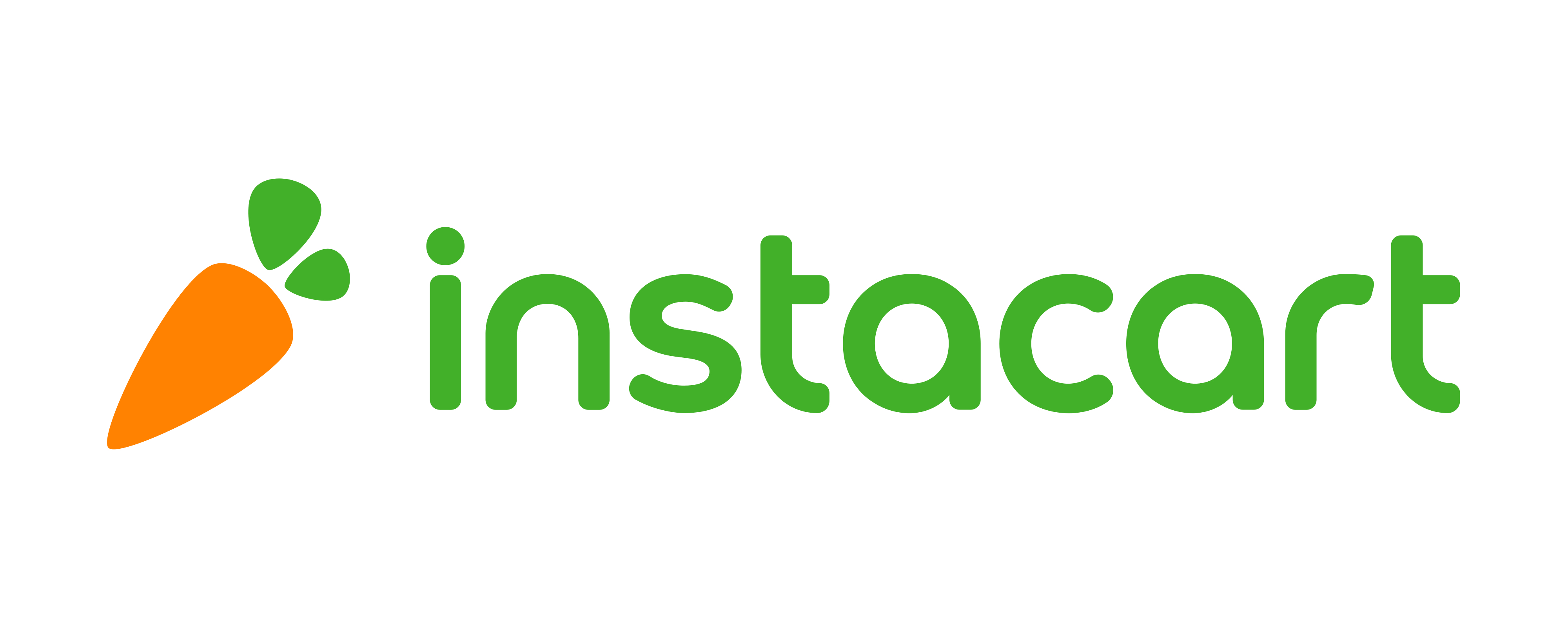App Solutions 101 – On-demand App Development

In today’s fast-paced digital world, the demand for instant solutions is higher than ever. From food delivery to transportation, and healthcare to entertainment, consumers seek quick and efficient services at their fingertips. This growing need has given rise to on-demand app development, revolutionizing the way businesses operate and interact with their customers. A software development company can help businesses tap into this lucrative market by providing robust and scalable on-demand app solutions.
What is On-Demand App Development?
The on-demand economy is experiencing exponential growth, driven by the increasing reliance on mobile technology and the desire for convenience. According to a report by PwC, the on-demand app economy is expected to reach a staggering $335 billion by 2025. This growth is fueled by sectors like transportation, food delivery, and healthcare, which have seen a surge in demand for instant services. Additionally, a study by Harvard Business Review found that 49% of on-demand service users are millennials, highlighting the significant market potential among younger consumers. Millennials and Gen Z are digital natives, accustomed to the convenience of on-demand services, making them a crucial demographic for businesses to target.
On-demand app development refers to the creation of applications that provide immediate services to users upon request. These apps connect service providers with consumers, streamlining the delivery of goods and services. Common examples include Uber for ride-hailing, DoorDash for food delivery, and TaskRabbit for home services.
Uber’s success story is a testament to the power of on-demand app development. Launched in 2009, Uber revolutionized the transportation industry by providing a convenient and reliable ride-hailing service. Today, Uber operates in over 900 metropolitan areas worldwide, with a market value of over $80 billion. This success underscores the immense potential of on-demand app development in transforming traditional business models.
Uber’s app offers a seamless user experience with features like real-time tracking, multiple payment options, and the ability to rate drivers. The app also exemplifies key mobile app features that enhance usability and customer satisfaction. The company’s use of data analytics to optimize routes, dynamic pricing, and driver incentives has set a benchmark for on-demand app efficiency and customer satisfaction.
Key Features of On-Demand Apps
| User Registration and Profiles | Allows users to create and manage their accounts. This feature ensures that users have a personalized experience, with their preferences and history stored for future reference. For businesses, it provides valuable user data that can be used to tailor services and improve customer satisfaction. |
| Service Listings | Displays available services or products. An intuitive and comprehensive service listing is crucial for user engagement. It should be easy to navigate, with detailed descriptions and images to help users make informed decisions. This feature also supports search and filter options to enhance user convenience. |
| Real-Time Tracking | Enables users to track their orders or services in real-time. This feature significantly enhances the user experience by providing transparency and reducing anxiety. For instance, users can track their food delivery or ride in real-time, knowing exactly when it will arrive. |
| Payment Integration | Supports multiple payment methods for user convenience. P2P payment apps and secure digital wallets cater to the evolving needs of users, allowing them to make transactions effortlessly. Payment gateways must be secure and compliant with industry standards to protect user data. |
| Ratings and Reviews | Allows users to provide feedback and rate services. This feature not only helps users make better choices but also provides businesses with insights into service quality and areas for improvement. Positive reviews can boost credibility, while constructive feedback can guide enhancements. |
Benefits of On-Demand App Development for Businesses
Businesses are constantly seeking innovative ways to enhance their service offerings and improve customer satisfaction. On-demand app development has emerged as a transformative solution, providing businesses with the tools to meet customer demands efficiently and effectively. By leveraging the power of mobile technology, on-demand apps offer a range of benefits that can drive business growth, streamline operations, and build lasting customer relationships. Below, we explore the key advantages of on-demand app development and how they can significantly impact your business.
Increased Customer Convenience
On-demand apps provide a seamless user experience, allowing customers to access services whenever and wherever they need them. This convenience translates into higher customer satisfaction and loyalty. For instance, a customer can order groceries from the comfort of their home and have them delivered within hours, eliminating the need to visit a store. This is particularly beneficial in today’s busy world, where time is a precious commodity. Moreover, on-demand apps often come with features such as order tracking, which allows customers to monitor the status of their service in real-time. This transparency and ease of use significantly enhance the overall customer experience, making it more likely that customers will return to the app for future services.
Enhanced Operational Efficiency
On-demand apps streamline business operations by automating various processes, reducing manual effort and errors. Automation can significantly improve service delivery times and reduce operational costs. For instance, automated scheduling and dispatch systems ensure efficient resource allocation and timely service delivery. By reducing the need for manual intervention, businesses can operate more efficiently and handle higher volumes of orders without compromising on quality. Additionally, automation can help businesses manage their resources better, ensuring that they are used optimally to meet customer demands. For example, ride-hailing apps like Uber use sophisticated algorithms to match drivers with passengers in real-time, optimizing routes and minimizing wait times.
Data-Driven Insights
On-demand apps collect valuable user data, enabling businesses to gain insights into customer behavior and preferences. This data can be leveraged to optimize services, personalize user experiences, and make informed business decisions. For example, analyzing peak usage times can help businesses manage resources more effectively. By understanding when and how customers use their services, businesses can tailor their offerings to meet demand more efficiently. Data-driven insights can also help businesses identify trends and patterns, allowing them to anticipate customer needs and stay ahead of the competition. Moreover, businesses can use this data to develop targeted marketing strategies, improving customer acquisition and retention.
On-demand App: 3 Successful Examples
To illustrate these benefits, consider the success stories of some well-known on-demand apps:
-
Amazon Prime Now: This on-demand delivery service offers customers the convenience of receiving their orders within hours. By leveraging data on customer preferences and buying habits, Amazon can provide personalized recommendations and targeted promotions, enhancing customer satisfaction and loyalty. The efficiency of their logistics network also ensures timely deliveries, contributing to operational efficiency and customer convenience.

-
Instacart: Instacart’s on-demand grocery delivery service allows customers to order groceries online and have them delivered to their doorstep. By automating order processing and delivery scheduling, Instacart minimizes errors and ensures efficient service delivery. The app also provides real-time updates on order status, enhancing transparency and customer satisfaction.

-
Grubhub: As an on-demand food delivery platform, Grubhub offers a wide range of dining options to customers. By collecting data on customer orders and preferences, Grubhub can provide personalized restaurant recommendations and exclusive deals. This data-driven approach helps improve the user experience and drives customer loyalty.

On-demand software development services offers numerous benefits for businesses, from increased customer convenience and operational efficiency to data-driven insights and enhanced brand loyalty. By leveraging these advantages, businesses can not only meet but exceed customer expectations, fostering long-term loyalty and growth. Partnering with a reliable software development company can further ensure that businesses develop high-quality, scalable on-demand apps that deliver exceptional value to their customers.
Get in touch with Savvycom for a free consultation. We’ll help you decide on next steps, explain how the development process is organized, and provide you with a free project estimate.
The Role of a Mobile App Development Company in On-Demand App Development
A good software development company plays a crucial role in the successful development and deployment of on-demand apps. These mobile app development companies bring technical expertise, industry knowledge, and innovative solutions to the table, ensuring that the app meets the specific needs of the business and its customers.
Key Services Offered by Mobile App Development Companies
| Custom App Development | Tailored solutions that align with the unique requirements of the business. Custom app development involves understanding the business model, target audience, and specific needs to create an app that provides a competitive edge. This approach ensures that the app is not only functional but also unique in its offering. |
| UI/UX Design | Creating intuitive and user-friendly interfaces that enhance the user experience. A well-designed UI/UX is crucial for user engagement and retention. It involves creating visually appealing interfaces that are easy to navigate and provide a seamless experience across different devices. |
| Backend Development | Building robust and scalable backend systems to support the app’s functionality. The backend infrastructure is the backbone of any on-demand app, handling data processing, storage, and integration with third-party services. A scalable backend ensures that the app can handle increasing user loads without compromising performance. |
| Quality Assurance | Rigorous testing to ensure the app is free from bugs and performs optimally. Quality assurance involves multiple testing phases, including functional, performance, and security testing, to identify and resolve any issues before the app is launched. This ensures a smooth user experience and reduces the risk of post-launch problems. |
| Maintenance and Support | Ongoing support to address any issues and keep the app updated with the latest features. Continuous maintenance and support are essential to keep the app running smoothly, address any technical issues, and implement updates to enhance functionality and security. |
Mobile App Development Stages
Understanding the mobile app development stages is crucial for businesses looking to launch an app successfully. The typical stages include:
-
Ideation and Conceptualization: Define the app’s purpose, target audience, and key features. This phase involves thorough market research to identify user needs and competitive offerings.
-
Design: Create wireframes and mockups that illustrate the app’s layout and user interface. This stage focuses on user experience and visual elements, ensuring the app is appealing and user-friendly.
-
Development: The coding stage where the app’s functionalities are built. This includes both frontend and backend development, integrating features like payment systems, database management, and APIs.
-
Testing: A critical phase where the app is thoroughly tested for functionality, usability, and performance. Identifying and resolving bugs before launch is essential to ensure a smooth user experience.
-
Launch: Deploy the app to app stores (iOS and Android). This stage often involves marketing strategies to promote the app and attract users.
-
Post-Launch Support: After the launch, ongoing support and updates are required to maintain performance and integrate user feedback, ensuring continuous improvement.
On-Demand App Development Cost
Estimating the app development cost for an on-demand app can be complex, as multiple factors influence the overall budget. Costs can vary significantly based on the app’s features, complexity, platform (iOS or Android), and the development team’s location and expertise. Understanding these factors is crucial for businesses looking to invest in on-demand app development.
Cost Estimates for On-Demand Apps
According to estimates by Mind Studios, the development costs for various types of mobile apps can serve as a useful benchmark for businesses planning on-demand app projects. Here are some examples of development costs for on-demand apps in 2022, based on an hourly rate of $45:
- FitBit-like fitness app — $84,600
- Tinder-like dating app — $108,470
- Discord-like VoIP app — $99,950
- $82,440 for an educational app similar to Udemy
- Signal-like messaging app — $100,080
- Headspace-style meditation app — $76,590
- Postmates-style food delivery app — $130,500-148,500
- IKEA Place-like augmented reality furniture app — $91,800-124,200
- $137,700-162,000 for a marketplace app like Etsy or eBay
Additionally, a cost breakdown for different types of apps, including on-demand apps, reveals the estimated time frames and average costs associated with their development:
| Type of App | Timeline | Average Cost |
|---|---|---|
| Basic App | 1 month | $8,000+ |
| Data-Driven App | 1 month | $8,000+ |
| On-Demand App | 8 – 12 months | $70,000 – $100,000 |
| eCommerce App | 6 months | $60,000+ |
| Marketplace App | 6 – 9 months | $60,000 – $100,000 |
These estimates indicate that building an on-demand app requires significant investment due to the complexity and advanced functionalities often needed to provide a seamless user experience.
Conclusion
On-demand app development is reshaping the way businesses deliver services, offering convenience, efficiency, and personalized experiences to users. By partnering with a reliable software development company, businesses can leverage advanced technologies and innovative solutions to create robust and scalable on-demand apps. As the on-demand economy continues to grow, staying ahead of the latest mobile app development trends and addressing challenges in mobile app development will be crucial for success.
Savvycom is a leading software development company specializing in providing cutting-edge solutions for businesses across various industries. With a team of experienced developers and a customer-centric approach, Savvycom delivers high-quality, custom mobile app development services that cater to the unique needs of each client. By leveraging the latest technologies and industry best practices, Savvycom ensures the successful development and deployment of innovative app solutions that drive business growth and enhance customer satisfaction. Contact Savvycom today to explore how we can help you tap into the potential of on-demand app development.
| Learn More About Savvycom On: | |
| Savvycom Website |
The Manifest: |
Tech Consulting, End-to-End Product Development, Cloud & DevOps Service! Since 2009, Savvycom has been harnessing digital technologies for the benefit of businesses, mid and large enterprises, and startups across the variety of industries. We can help you to build high-quality software solutions and products as well as deliver a wide range of related professional IT Outsourcing services.
Savvycom is right where you need. Contact us now for further consultation:
- Phone: +84 24 3202 9222
- Hotline: +1 408 663 8600 (US); +612 8006 1349 (AUS); +84 32 675 2886 (VN)
- Email: [email protected]




